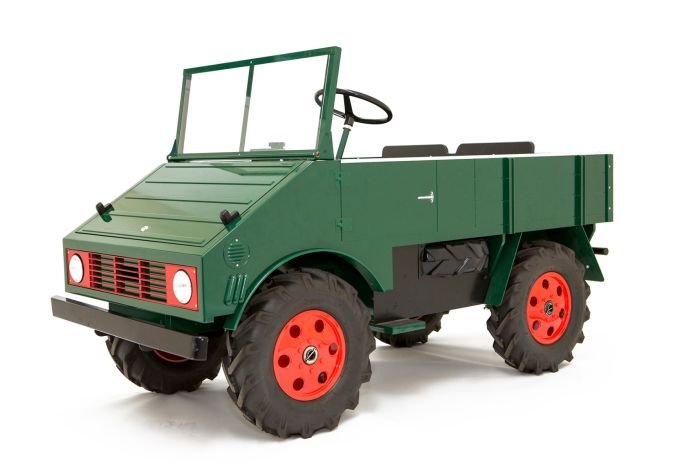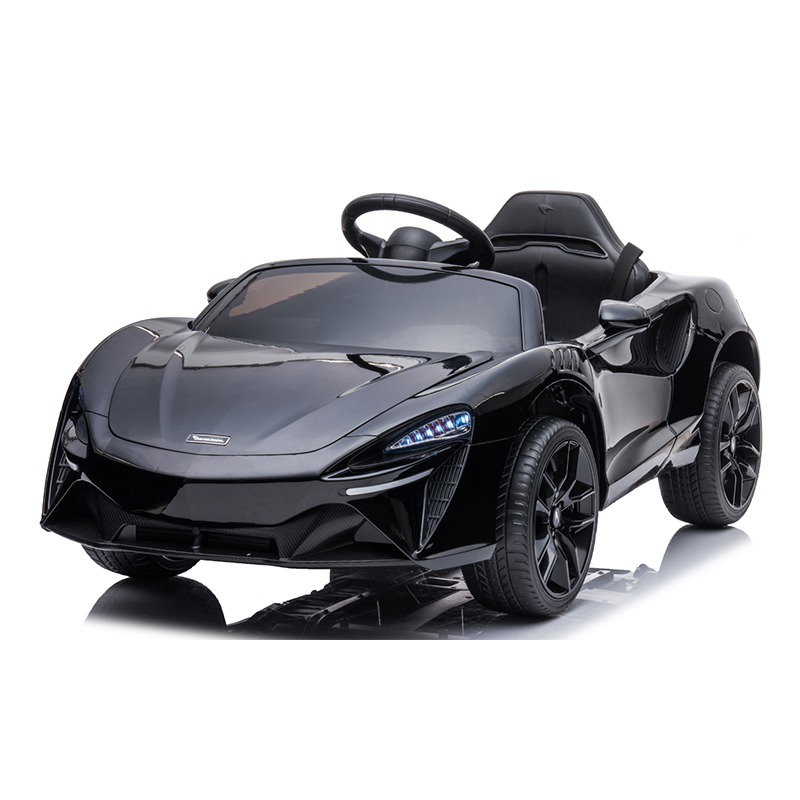Top Facts For Choosing Kids Cars
Top Facts For Choosing Kids Cars
Blog Article
What Are The Features You Should Look For When You Are Choosing The Right Ride-On Vehicle For Your Toddlers Or Older Children?
Be aware of the following aspects when you are buying a ride-on automobile for your child: Age development stage, size. These are all important to ensure that the ride-on is appropriate and safe for them. What should you consider when considering these elements - age
Younger toddlers (1 to 3 years old): Look for ride-on vehicles specifically made for this age group. These cars are usually very low to the ground, with simple controls and features such as steering wheels or buttons. Choose ride-on cars with a broad base for stability and minimal danger of falling over.
Children older than 3 years age - Older children can manage more advanced ride-on vehicles equipped with additional features and controls. Think about cars that have adjustable seats and higher capacity for weight. Also consider features that are interactive like working lights, sounds and music. For safety, search for cars that have an variable speeds or parental controls to meet the needs of different skill levels.
Size
Height and Weight Consider your child's height and weight into consideration when choosing a ride-on car. Select a car with a seat weight and height that will comfortably fit your child. Avoid cars that are too big or small, since they could create a risk of discomfort or even danger for your child.
Comfort and legroom - Make certain that your car is spacious enough in room and legroom for your child to sit comfortably. Make sure you check the dimensions of the car, and make sure it is appropriate for your child.
The Developmental Stage
Motor Skills: When selecting a ride-on car make sure you consider your child's ability to coordinate as well as their motor skills. The controls for toddlers are easier but they may not be able to manage the more complex features and controls.
Confidence and Independence - Ride-on cars can help develop confidence and independence for children as they learn to navigate and control their own car. Choose a ride-on car which allows your child to practice steering, acceleration, and braking with no assistance, and build confidence over time.
When you are choosing a ride-on automobile take into account your child's preferences and preferences and. Pick a car with themes, colors or features appealing to your child whether it is a classic, sports car, truck or themed character vehicle.
If you take into consideration your child's age, size, as well as their developmental stage, then you can choose a vehicle that is engaging, comfortable, and safe. Your child will have endless hours of enjoyment as they explore. Follow the top rated Lamborghini ride on car for website tips including ride on car, race car toy car, race car toy, riding digger, childs car toy, ride electric car, toy the car, toy toy cars, toy the car, ride of car and more. . 
What Is The Difference Between Indoor And Outdoors The Use Of Car Models For Children?
Models of kids' cars include specific features for different environments and scenarios that are indoors or out. The following are the key differences between these models - Indoor Use Cars
Size and Weight Cars that are designed for indoor use tend to be smaller and lighter in weight to maneuver easily within confined spaces like playrooms, living rooms, or hallways. They are also small and compact, which allows them to effortlessly navigate around corners or narrow passages.
Low Ground Clearance Cars for indoor use have a narrow ground clearance, which means they won't get stuck or snagged by obstacles such as rugs, thresholds or carpets. This permits smooth, uninterrupted motion on indoor surfaces.
Smooth Wheels Smooth Wheels: The wheels on the inside of cars are constructed from smooth materials such as plastic or rubber. This provides stability and grip on smooth surfaces such as flooring made of hardwood laminate floors, tiles. They are designed to reduce sound and prevent scratching of indoor surfaces.
Limited Speed - Vehicles in indoor environments are typically restricted to a lower speed in order to maintain safety and control. This prevents accidents and collisions with walls, furniture or other obstacles typically found indoors.
Outdoor Use Cars -
Durable Construction - Cars that are designed to be used outdoors are constructed using durable materials like hard plastic or even metal that can endure rough handling and elements of the outdoors such as sunlight, moisture, and temperature fluctuations. They are more resistant against wear and tear resulting from exposure to conditions outside.
Higher Ground Clearance - Outdoor use vehicles have greater ground clearance to maneuver through bumps, uneven terrain or other obstacles that are encountered outside. They are able to maneuver over rough surfaces such as grass, gravel, or pavement without getting damaged or stuck.
Traction Tires -- The tires used on cars that are used outdoors often include treads or patterns that are designed to improve the grip and traction of vehicles on roads that are uneven or slippery. This provides better control and stability while driving on outdoor terrain.
Weather Resistant Components - Vehicles designed for outdoor use could contain weather-resistant parts, like sealed electronic components with waterproof casings, or rust resistant materials. These components shield the vehicle from water and environmental damages. The vehicle can be exposed to mud, rain, and puddles, with no performance loss.
Outdoor cars tend to be faster to accommodate the wide spaces of open space, as well as the long distances you can expect to travel in. It offers a thrilling adventure for kids who want to explore outdoor spaces.
Parents can pick a car for their children that suits their requirements, whether indoors or outside, by taking into consideration the design and features. This will provide an enjoyable, safe and long-lasting play experience. Read the best read more for ride on toys for more advice including electric two seater cars, childrens electric ride on, remote control childrens car, race car toy, car on ride, toy cars toy car, ride electric car, ride of car, electric two seater cars, toy car for car and more. . 
What Is The Most Reliable Remote Control Car For Kids? What Are The Advantages And Disadvantages Of These Vehicles?
Remote control cars for kids, also called RC or remote-controlled vehicles, come in a wide range of sizes, styles and price points. They are designed to meet the needs of the needs of different budgets and tastes. Here's a rundown of the pros, cons, and the sizes of remote-controlled children's car types.
Electric RC Cars – Batterie-powered remote-controlled vehicles that can be used both for indoors and outdoors. They are available in a variety of styles, including trucks, buggies, and sports cars.
Nitro RC Cars – Gas RC cars with faster speeds and more power. They do require more expertise and maintenance to run. They tend to be larger and cost more than an electric RC cars.
Scale models are a replica of real life vehicles including cars and trucks. They can also be controlled remotely. Scale models come in different sizes, from 1 -10 to 1 -24 With larger scales offering more detail and realism.
Sizes -
The dimensions of remote-controlled cars for children range from tiny micro-sized models to larger-scale versions. The weight and size of the vehicle will impact the performance.
Micro-sized cars are small and lightweight. This makes them ideal to use indoors with smaller children. The larger-sized cars are more robust and durable and are ideal for off-road racing as well as outdoor racing.
Prices
The cost of remote-controlled cars for children can vary depending on characteristics, features, and brands as well as the quality.
Electric and Nitro RC cars on a larger scale may cost anywhere from $100 to $500.
Scale model cars and high-end hobby RCs can cost anywhere from a few hundred to over 1,000 dollars, depending on how detailed and powerful they are.
Pros and Cons
Pros -
Entertainment - Remote control children's cars offer hours of entertainment and excitement for children and adults alike.
Skills Development. Operating a RC car helps children develop hand-eye coordination spatial awareness, problem-solving and spatial capabilities.
Social Interaction. You can enjoy RC vehicles with your friends and family that encourage social interaction.
Customization - Many RC cars can be customized by utilizing aftermarket parts, upgrades and accessories to enhance performance and appearance.
Cons
Cost - High-quality remote control children's vehicles can be costly and can be expensive, particularly models that are hobby-grade with advanced features.
Learning Curve - Operating an RC car requires practice and skills, and young children might struggle with the controls initially.
Maintenance – RC vehicles require regular maintenance. This includes cleaning, lubrication, as well as occasional repairs and part replacements.
Safety Issues - RC cars can pose safety risks like falls, collisions and electrical dangers when not operated under the supervision of an adult and with proper care.
Children of all ages enjoy remote control cars. It is crucial to think about factors such as the cost, size, and safety prior to deciding on the right model. For older children, hobby grade RC car models may be a better option. But, smaller models can also be a good option for kids who are young. Check out the top Lamborghini ride on car kidscars.co.uk info for more examples including cars pedal car, race car toy, toy car for car, ride electric car, electric toy car, pedal car, two seater childrens electric cars, childs car toy, kids electric cars, ride ons and more. .